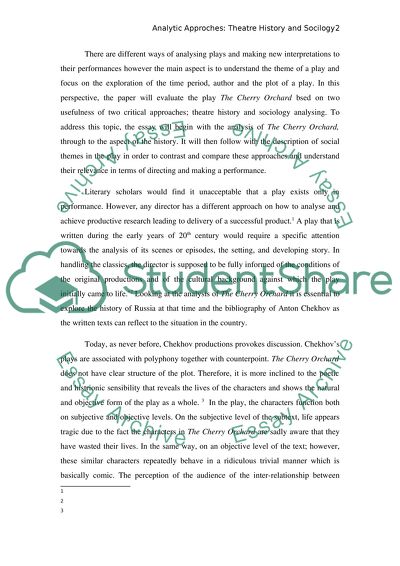Cite this document
(“Analysis of The Cherry Orchard using two critical approaches - Theatre Essay”, n.d.)
Retrieved from https://studentshare.org/literature/1678757-analysis-of-the-cherry-orchard-using-two-critical-approaches-theatre-history-and-sociology
Retrieved from https://studentshare.org/literature/1678757-analysis-of-the-cherry-orchard-using-two-critical-approaches-theatre-history-and-sociology
(Analysis of The Cherry Orchard Using Two Critical Approaches - Theatre Essay)
https://studentshare.org/literature/1678757-analysis-of-the-cherry-orchard-using-two-critical-approaches-theatre-history-and-sociology.
https://studentshare.org/literature/1678757-analysis-of-the-cherry-orchard-using-two-critical-approaches-theatre-history-and-sociology.
“Analysis of The Cherry Orchard Using Two Critical Approaches - Theatre Essay”, n.d. https://studentshare.org/literature/1678757-analysis-of-the-cherry-orchard-using-two-critical-approaches-theatre-history-and-sociology.


